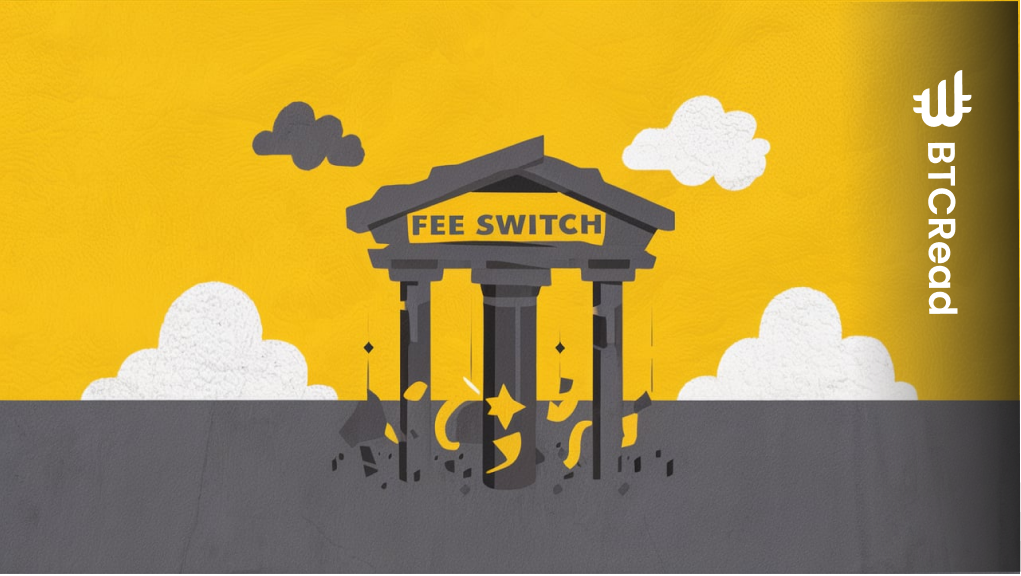The decentralized lending giant Aave may soon introduce a “fee switch” to redistribute excess platform revenue. Marc Zeller, founder of the Aave Chan Initiative (ACI), proposed a temperature check on July 20 to gauge community sentiment on the move. If well-received, the proposal could advance to a formal vote.
Zeller’s proposal, “AAVEnomics,” aims to leverage recent protocol upgrades to create a clear roadmap for revenue sharing. It comes as Aave solidifies its position as the market leader in DeFi lending, with growth outpacing broader market conditions.
The strategic roadmap details a series of steps to enhance Aave’s Safety Module, a vital shield that remains untapped. With its current asset value exceeding $424 million, the Safety Module’s efficacy faces constraints due to potential slippage and liquidity issues.

The proposal aims to tackle these concerns by recommending the separation of coverage for various assets and reducing dependence on secondary markets. This strategic move could enhance the efficiency of “slippage-free debt burn coverage” in case of a shortfall.
A key focus is on GHO, Aave’s native stablecoin. The plan proposes creating a dedicated GHO Safety Module that could burn seized GHO to clear excess debt without impacting the peg. This would make GHO “the safest and most trustworthy stablecoin in the ecosystem,” according to Zeller.
Redefining the role of the AAVE token
The proposal shifts the AAVE token’s purpose from being at risk of immediate sale to becoming solely a staking token. This transformation allows holders to partake in protocol revenue and other perks.
To boost AAVE’s market liquidity, the strategy outlines a novel “Buy & Distribute” initiative. This initiative aims to utilize surplus protocol earnings to acquire AAVE from the open market and allocate it among stakers.
The journey towards full deployment unfolds through several stages, each marked by specific milestones. Initially, the focus lies on GHO adjustments, while subsequent phases introduce new safety modules for key assets like USDC and WETH.
Additionally, Zeller highlighted the significance of sustainability, emphasizing that any new expenditure initiatives would be meticulously aligned with the protocol’s enduring financial well-being. In his words:
The Aave DAO has always been a conservative actor and has always prioritized long-term sustainability over short-term yield.

Nevertheless, a potential shift in Aave’s tokenomics is on the horizon as the protocol aims to solidify its position in DeFi lending. With a total value locked exceeding $5 billion across various chains, Aave’s strategic choices could significantly impact the wider DeFi landscape.
Related | Fireblocks unveils startup toolkit as Web3 funding surges 55%







